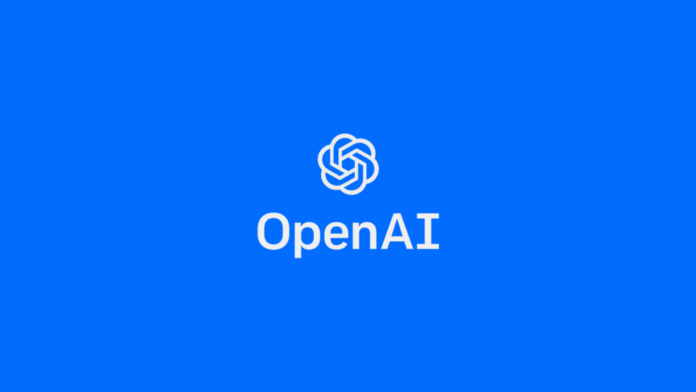In an era where artificial intelligence (AI) is rapidly evolving, OpenAI is positioning itself at the helm of one of the most intriguing and critical aspects of AI development: controlling AI that potentially surpasses human intelligence. Amidst a backdrop of organizational shifts and evolving industry dynamics, OpenAI’s Superalignment team is diligently working on this monumental task.
OpenAI’s Superalignment team, formed in July, is tasked with a vital mission. They are exploring ways to steer, regulate, and govern superintelligent AI systems – those with capabilities far beyond human intellect. This initiative is more than just a technical endeavor; it’s a forward-thinking approach to a future that is swiftly becoming a reality.
Collin Burns, Pavel Izmailov, and Leopold Aschenbrenner, prominent members of this team, recently shared their latest findings at the NeurIPS conference. They’re focusing on creating AI systems that behave as intended, a significant challenge as AI grows more advanced.
The challenge of aligning AI models that surpass or are on par with human intelligence is complex and thought-provoking. Burns highlights this, “How do we align a model that’s smarter than us?” This question is at the heart of their research.
Under the leadership of Ilya Sutskever, OpenAI’s co-founder and chief scientist, the team is navigating these uncharted waters. Despite internal changes following Sam Altman’s departure and subsequent return, the team’s focus on their critical mission remains steadfast.
Superalignment is a topic of contention within the AI research community. Some view it as premature, while others consider it a distraction from current AI regulatory issues like algorithmic bias and AI’s propensity for toxicity. Yet, the team at OpenAI believes that preparing for superintelligent AI systems is a crucial, if not the most vital, technical problem of our time.
One innovative approach the team is exploring involves using a less sophisticated AI model, like GPT-2, to guide a more advanced model, such as GPT-4. This method aims to direct the advanced model in desirable directions while avoiding undesirable outcomes. The analogy they use is akin to a sixth-grade student supervising a college student. Despite the younger student’s limited understanding, their guidance can still be valuable.
This approach could lead to breakthroughs in reducing hallucinations in AI models. As Aschenbrenner explains, understanding whether an AI’s statement is fact or fiction is crucial. Their research aims to enable AI models to discern and communicate this distinction more effectively.
OpenAI isn’t just keeping these developments within its walls. They are launching a $10 million grant program to support technical research on superintelligent alignment. This initiative is open to academic labs, nonprofits, individual researchers, and graduate students. Additionally, an academic conference on superalignment is planned for early 2025, where the work of superalignment prize finalists will be showcased.
Interestingly, a portion of this grant’s funding comes from former Google CEO Eric Schmidt, a vocal supporter of Altman and an advocate for proactive AI regulation. Schmidt’s involvement raises questions about the motivations behind funding AI research, given his significant investments in AI and his commercial interests.
However, Schmidt maintains that his support for OpenAI’s grants is part of a broader commitment to developing and controlling AI responsibly for the public benefit. This brings up an essential question: will the research funded by OpenAI and the outcomes of its superalignment conference be freely available for public use?
The Superalignment team assures that both OpenAI’s research, including code, and the work funded through their grants and prizes on superalignment-related work will be shared publicly. This commitment to transparency is vital, contributing not only to the safety of OpenAI’s models but to the broader field of AI, aligning with their mission of building AI for the benefit of all humanity, safely.
In conclusion, OpenAI’s venture into the realm of superintelligent AI governance is a crucial step in the journey towards safe, ethical, and beneficial AI. As we venture into this new era of technological advancement, OpenAI’s efforts in steering AI in a direction that aligns with human values and safety standards remain a beacon of hope and a model for responsible innovation.












